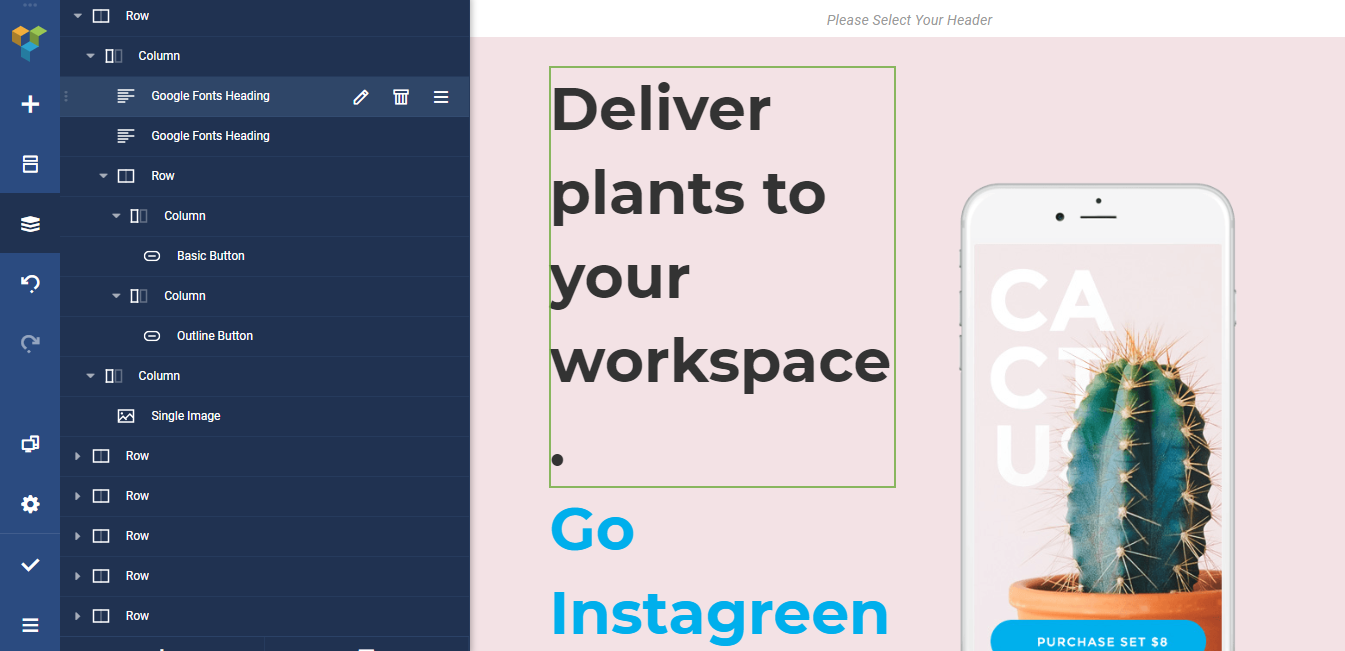

- Open canvas 6 using touch screen install#
- Open canvas 6 using touch screen pro#
- Open canvas 6 using touch screen windows#
If you’re trained on hotkeys and quicker with them, you might not mind this at all.Īfter using the P05D stylus with the Deco Mini 7W, I was curious how the PH2 stylus would compare. Still, it ultimately depends on your desire to use touch controls. However, if you're a fan of the more typical touch controls used for drawing, you're better suited with an alternative option for integration with macOS.
Open canvas 6 using touch screen install#
If you’re a Mac user, your options are much more limited.Īfter doing a clean install of the drivers and re-enabling permissions to everything, I was able to get tap-based touch recognized and the option to scroll up and down.
Open canvas 6 using touch screen windows#
Windows users can pan, zoom in, zoom out, and rotate by touch. Foremost, it isn’t so great if you use macOS.
Open canvas 6 using touch screen pro#
However, there are some caveats to using touch on the Artist Pro 16TP. But if you frequently use touch during your drawing process, it's simple to swap back. To avoid accidental deflections while working, I typically preferred pen priority mode. You can either turn touch completely off, give equal priority to both touch and stylus, or give priority to the stylus over touch. With a quick press, you can alternate between the three presets to suit your current needs. At the left side of the tablet is its power button and mode selection button, to swap between the touch presets. It works against gravity to a degree if the tablet is upright, so you may wish to consider this if you're connecting via an older device.īeyond the 4K display element, the Artist Pro 16TP offers touch-based controls as a large selling point. Since this cable pairing isn't curved in design like the USB-C to USB-C cable, the vertical upright design leads to the cord pulling in one direction or the other as it's connected. If you're using a higher table or desk space, you may find the power adapter won't have the length to make it to a wall outlet.Īlso if you’re using the HDMI/USB-A to connect, there's more cord tension unless the Artist Pro 16TP is laid flat. First off, they feel a bit shorter than they could be.

Once unplugged from the power adapter, the Artist Pro 16TP dropped from 100% brightness to 50% instead.īeyond connectivity, there are a few design notes to keep in mind with Artist Pro 16TP's cords. While it's optional to use this as a secondary power source rather than the device it's plugged into, it allows you to utilize the max brightness of the display. Depending on where you are in the world, XP-Pen has also provided an assortment of regional adapters for this. The Artist Pro 16TP also provides a USB-C port strictly to help power the device. The USB-C connection type is the more ideal type the option to use the Artist Pro 16TP across a wide age range of devices is welcome. By utilizing a Mini DisplayPort Thunderbolt to HDMI Adapter I had, it helped spread the cords to one side of the laptop without them being directly on top of each other. If you don't have an HDMI port, such as if you're connecting with a MacBook Air, adapters can prove helpful. There's enough cord length to spread the USB-A to another port, but you'll have more cord to deal with atop your workspace. With the HDMI/USB-A cable, the HDMI cable portion is bulkier, so if they're placed in nearby ports then the two connections can end up fighting for space. If you are using the HDMI/USB-A connection, you’ll want to consider your available ports.


You can either connect via a USB-C to USB-C connection, or utilize a USB-C to HDMI and USB-A splitter cable if you have an older computer. First off, there are two options to connect the Pro 16TP to your system. Now let’s begin talking about the set-up and how the Artist Pro 16TP would fit in your work area.


 0 kommentar(er)
0 kommentar(er)
